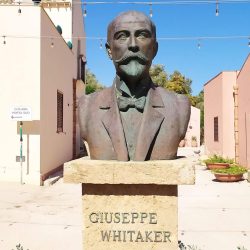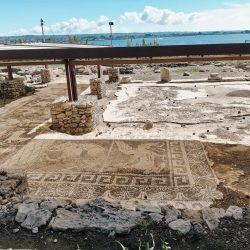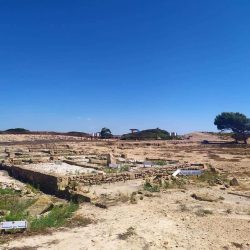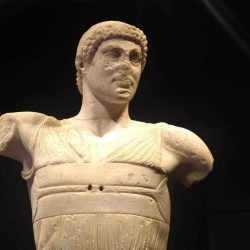Discover
Mozia and the salt pans
An archaeological site on an islet, surrounded by the Stagnone lagoon and salt pans
An ancient Phoenician city surrounded by walls and towers, once characterized by rich houses and sacred shrines of great importance
The island of San Pantaleo emerges from the shallow waters of the Stagnone lagoon, embraced and protected by Long Island. On this small island of about 45 hectares/111 acres, the Phoenicians founded Mozia in the 8th century b.C.
The city represented a Phoenician outpost in western Sicily and traded with Carthage (also a Phoenician city) and with the Greeks.
In 397 b.C. Dionysus, Greek tyrant of Syracuse, decided to invade and take possession of Mozia. So, the Phoenician city was occupied and sacked, while the exiles of Mozia fled to Lilybaeum (present-day Marsala).
The discovery of Mozia is linked to the English entrepreneur Joseph Whitaker, who lived in western Sicily between 1800 and 1900 dealing with the production of Marsala wine.
Whitaker was a great fan of archaeology and, through reading and exploring, he guessed that an ancient Phoenician city might be buried on the island of San Pantaleo.
The young Englishman purchased the island and began the first archaeological excavations, bringing to light the remains of the city.
Today Whitaker’s former residence on the island has become the Archaeological Museum and contains numerous artifacts unearthed through the excavations.
The island is still subject to archaeological excavations and constant finds today and it is a very important site in the landscape of Phoenician-Punic archaeology, as it has revealed elements in common with other Phoenician sites in the Middle East but also unique remains.
It can be reached by a small boat that crosses the lagoon in a few minutes.
The best way to discover Mozia is to take a leisurely stroll and walk the length and breadth of it. The archaeological site is rich in Mediterranean plants and dotted with vineyards (from which Grillo white wine is produced) and olive groves owned by a Sicilian winery.
Tour highlights
- Archaeological museum
- Kothon
- Tophet
- The North gate

The Europe’s largest archaeological park, nestled in the Sicilian countryside
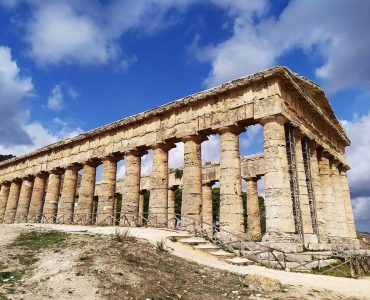
A misterious archaeological site between history and legend, set in a unique landscape

